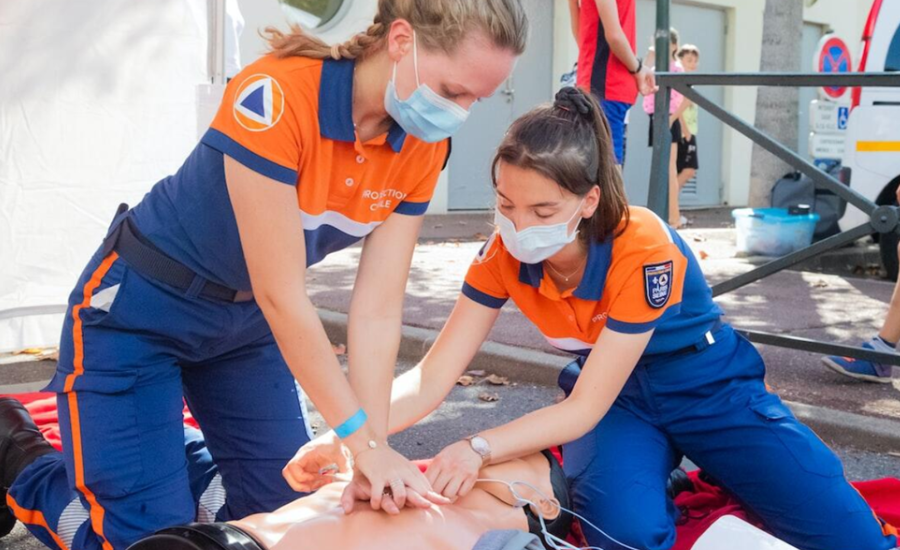Basic Life Support vs CPR: Understanding the Techniques and Protocols
Would you know what to do during a medical emergency? Basic Life Support (BLS) and CPR are two essential techniques. They can save lives.
But how are they different, and when should you use each? Understanding the right health protocols can make a huge difference.
Both methods share similarities, but they serve specific purposes. Let’s explore the differences between basic life support vs CPR.
What Is Basic Life Support (BLS)?
Basic Life Support, or BLS, is crucial in emergencies. It is more than chest compressions. BLS covers a range of steps, including checking the airway and giving rescue breaths.
These techniques are often used in medical settings. BLS protocols also address using devices like automated external defibrillators (AEDs).
Medical staff and trained individuals usually perform BLS. They use detailed methods to support a person’s breathing and circulation. Learning BLS can prepare you for life-threatening situations.
Understanding CPR Techniques
Cardiopulmonary resuscitation (CPR) is used when the heart stops. CPR focuses on chest compressions and breathing support. It helps pump blood to vital organs, especially the brain.
Bystanders can perform CPR until professional help arrives. There are two main parts: compressions and rescue breaths.
The steps vary based on the person’s age. For example, adult CPR differs from infant CPR.
Always check if the person is breathing first. For clear guidelines and comprehensive training, consider programs at https://cprcertificationnow.com/collections/cpr-and-first-aid-certifications. This can prepare you to act quickly in emergencies.
Similarities Between BLS and CPR
Both BLS and CPR focus on keeping someone alive. They share techniques like chest compressions and rescue breaths. Both aim to restore oxygen and blood flow to vital organs.
Time is crucial when using either technique. Quick action improves the chances of recovery. Anyone trained in CPR can also assist in BLS situations.
Often, these skills go hand in hand. Despite the overlap, BLS is more comprehensive. It involves using other devices and evaluating more health factors.
Differences in Protocols and Applications
BLS and CPR are similar but have key differences. BLS is a broader approach used by healthcare professionals. It includes checking the airway, breathing, and circulation.
BLS also often involves teamwork and using AEDs. CPR is a more basic intervention. It is used by the general public in emergencies.
BLS requires more training, while CPR is simpler to learn. Knowing these differences can help you respond better. It ensures you use the right protocol when needed.
When to Use BLS vs CPR
Knowing when to use BLS or CPR can be critical. BLS is needed in more complex situations, like for healthcare workers. It’s used in hospitals or advanced medical care scenarios.
CPR is essential for sudden cardiac arrests in everyday settings. Use CPR when someone collapses or stops breathing. If medical equipment like AEDs is nearby, BLS might apply.
Both methods are life-saving but require the right training. Understanding when to act can save a life in an emergency.
Learn the Basic Life Support vs CPR
Both BLS and CPR are essential life-saving skills. They serve specific purposes based on the situation and setting. Knowing when to use them can make all the difference.
Basic life support vs CPR might seem similar but have key differences. Mastering these skills can give you the confidence to act.
Emergencies happen fast, and knowing health protocols matters. Always consider getting trained to make a real impact. It’s about preparation and readiness in critical moments.
Did you find this article helpful? If so, check out the rest of our site Blog Blower for more informative content.






